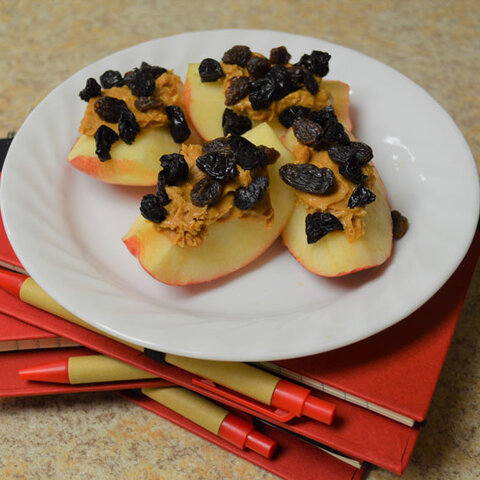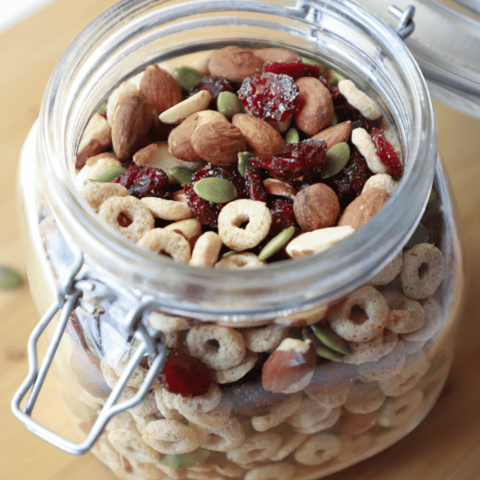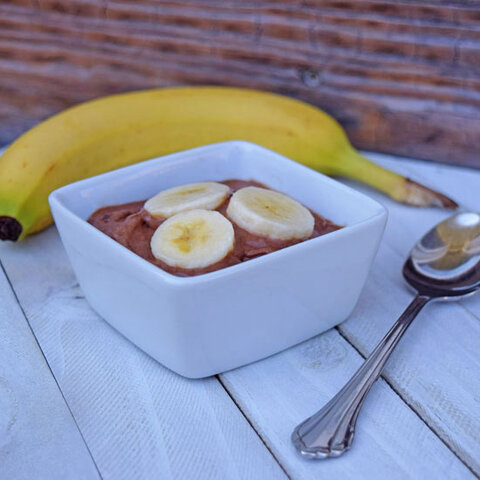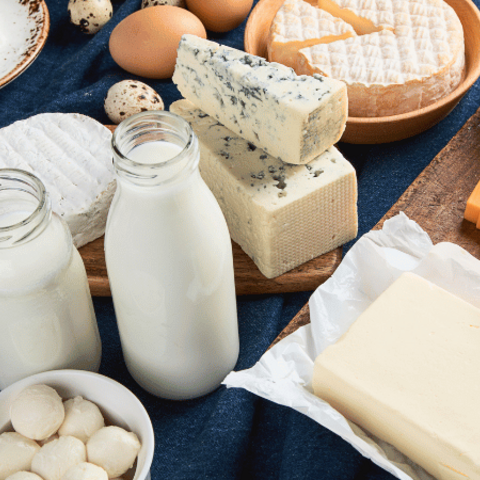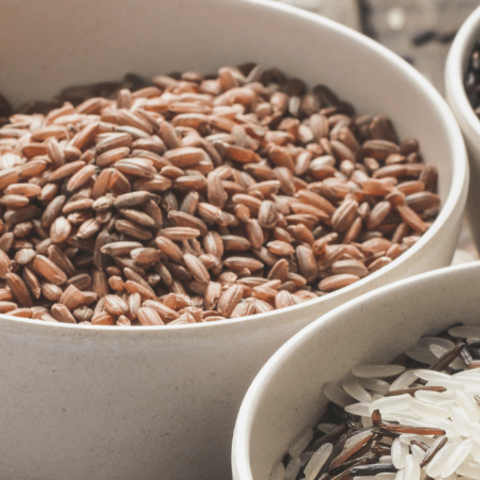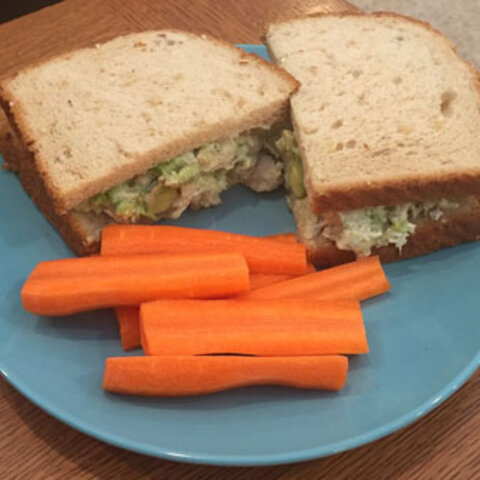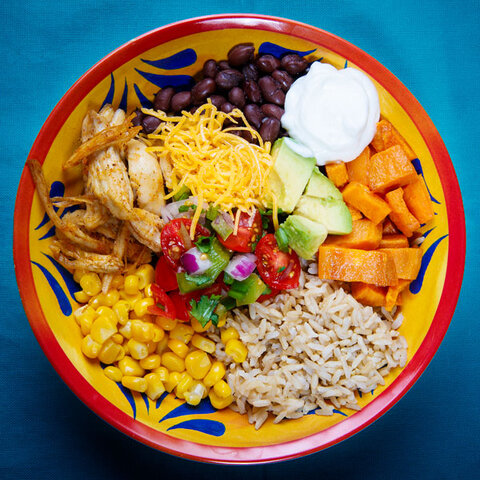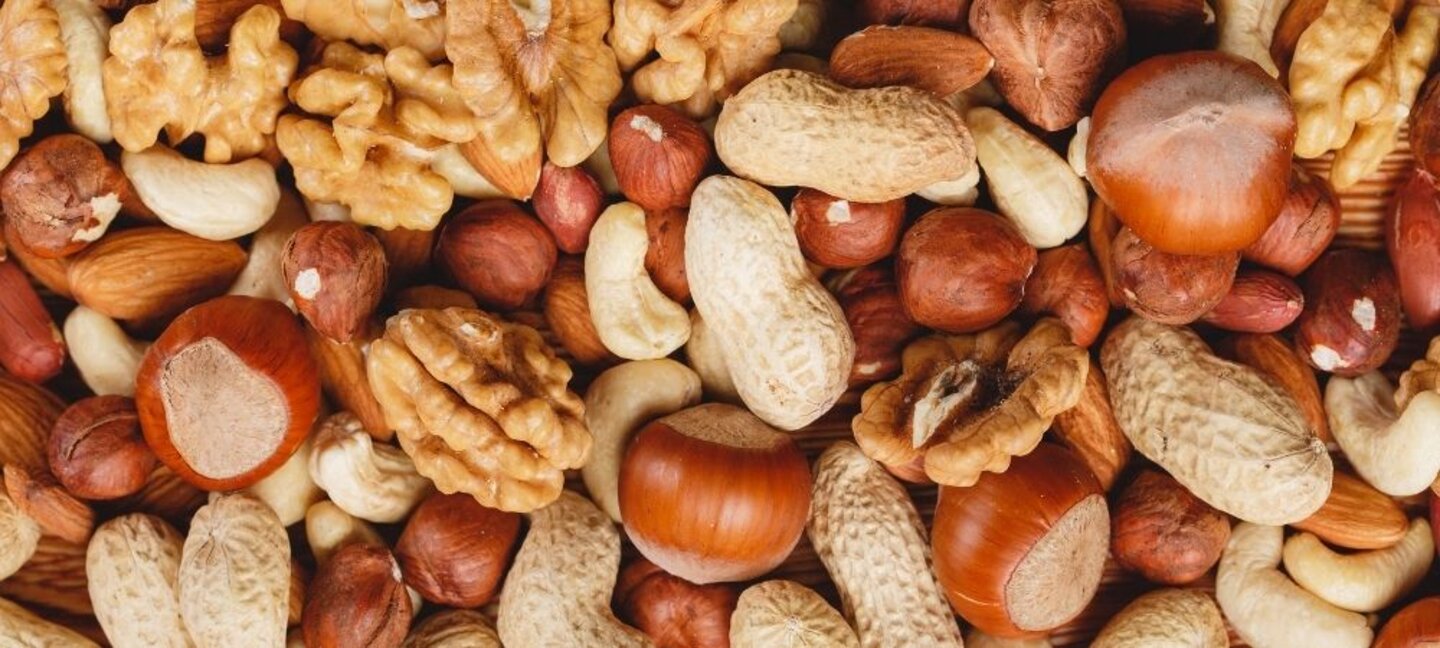
Nuts are a quick and tasty snack that can give your diet a nutritional boost. Most supermarkets carry a variety of nuts in their shells. It can be a little messy to crack them open but a great experience for children* to see how nuts look when they grow on a tree. Along with a variety of vitamins and minerals, nuts contain beneficial unsaturated fats, protein, and fiber. Here is how different types of nuts compare by calories, fat, fiber and protein.
| Tree Nuts (1 oz.) | Serving Size | Calories | Fat (g) | Fiber (g) | Protein (g) |
|---|---|---|---|---|---|
| Almonds | 20-23 whole nuts | 163 | 14 | 3.5 | 6.0 |
| Cashews | 16 nuts | 157 | 12.4 | 2.3 | 5.2 |
| Hazelnuts | 21 nuts | 180 | 17 | 2.7 | 4 |
| Macadamias | 10-12 nuts | 204 | 21.5 | 2.4 | 2.2 |
| Peanuts* | 28 peanuts | 166 | 14 | 2.4 | 6.9 |
| Pecans | 19 halves | 196 | 20 | 2.7 | 2.6 |
| Pistachios | 49 nuts | 159 | 13 | 2.9 | 5.8 |
| Walnuts | 14 halves | 185 | 18.5 | 1.9 | 4.3 |
*Nuts can be a choking hazard and should not be fed to young children under the age of 4.
**Peanuts are technically a legume (a dried pea, bean, or lentil), but they are used like nuts and have a similar nutrient profile.
Nutty Facts
Nuts make a great snack that offers a delicious source of protein.
- Nuts in their shells will keep about 6 to 12 months if stored in a cool, dry place, but shelled nuts will keep only for 3 to 4 months.
- Keeping nuts in the refrigerator or freezer slows rancidity or the development of off-flavors.
- Shop for unsalted or lightly salted varieties to maximize the nutritional value.
- Tree nuts and peanuts are on the list of the nine major allergens that must be listed on packaged foods sold in the U.S. For more information on food allergies, check out UNL’s Food Allergy Research & Resource Program
Additional resources from Nebraska Extension
Recipe Ideas Using Nuts
Sources:
Reducing the Risk of Choking in Young Children at Mealtime, United States Department of Agriculture (USDA)
FoodData Central, United States Department of Agriculture (USDA)
This article was written by Brenda Aufdenkamp and has been peer-reviewed. It was reviewed and updated in 2025.
Tags:

